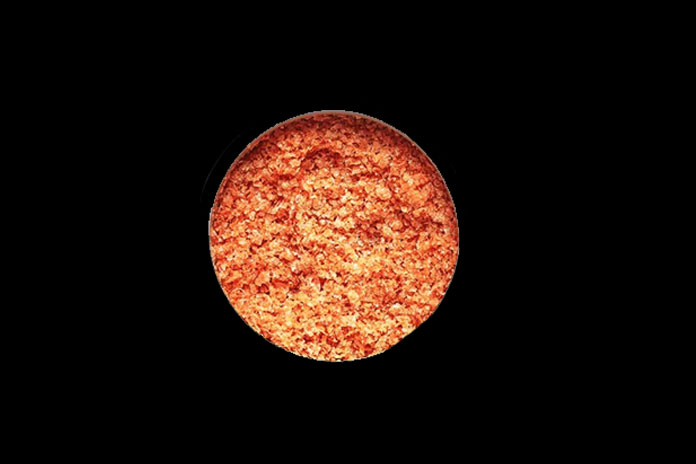Cervical pain, earache, muscle pain, stiff neck, rheumatism. How to apply hot salt. And why it works
Hot Salt
Salt has made history in civilizations, it was called “white gold”. A precious element of exchange, it is given the name of the trade routes “the salt routes”. Excellent preservative, today used in the kitchen to provide flavor to foods, although used in excessive quantities, it can be harmful to our health.
Centuries later, this mineral never ceases to amaze us with its countless uses, even to the point of becoming a natural remedy for our muscular and osteoarticular pain. In reality, it is not the salt itself but its ability to maintain heat for a certain period.
The heat has a beneficial effect on the muscles by promoting microcirculation and easing muscle tension
There are some drug-free solutions on the market with the same principle, from heating bands to self-heating plasters, but they are only sometimes low-cost. Here, the natural salt, heated, comes into action with a decidedly low cost and with a guaranteed result.
Also Read: Benefits Of Cilantro And Sea Salt For Health And Skin
Benefits
Warm salt is precious for relieving:
- Nasal congestion
- Mucus in the bronchi
- Muscle contractures
- Neck and joint pain
- Back pain and sciatica
- Arthritis and arthrosis
- Sinusitis
- Earache
Property
If applied to the areas of pain, salt, with its anti-inflammatory and analgesic properties, will tend to relieve muscle pain but also forms of arthrosis and arthritis. Used since ancient times as a therapy for rheumatism, this mineral can soothe any discomfort, such as sinusitis, earache, muscle contractures, and lower back sciatica.
Furthermore, thanks to the heat, the salt releases mineral properties which are then absorbed by our body.
Salt also has the characteristic of absorbing liquids, such as humidity in the home, which is reduced by the power of salt; think that it is also used in mountain areas by salt spreaders to melt the ice that forms on road surfaces or even when a ski slope is too frozen for a competition.
How To Prepare Hot Salt
- Take coarse sea salt. It is even better if pink Himalayan or wholemeal salt is untreated and, therefore, has more significant quantities of mineral salts.
- Based on the area of pain, pour the necessary amount into a pan and heat it until it starts to crackle like popcorn.
- At this point, pour the salt onto a cotton or linen cloth, an old pillowcase or an old cloth might work, and roll it up well so it doesn’t leak out.
- Once placed on the pain area, hold it for as long as necessary. If too hot, let it cool or add another layer of cotton or linen. The same salt can also be used three times.
How To Make A Salt Sock?
Get a sock and fill it halfway with hot salt. Tie it with a ribbon and make sure it is tight so as not to let the grains of salt come out. Once the application is finished, you can reuse the sock with salt up to three times by heating it in the microwave.
Contraindications
There are no apparent contraindications for the use of hot salt. However, it should be kept in mind that:
- If it is too hot, wait for it to cool down a little to avoid skin irritation, especially if you have sensitive skin
- Do not use it if you have dermatitis or skin irritation in the affected area.
- Avoid application on hematomas.
Also Read: Salt And Conscious Nutrition
